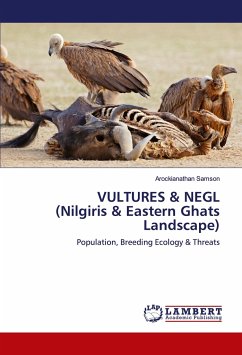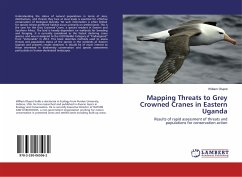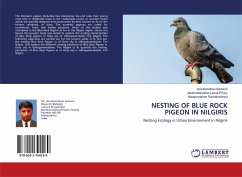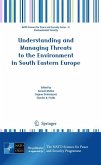Vultures provide a crucial ecosystem service through the disposal of carcasses and their loss has had huge socioeconomic impacts across the Indian Subcontinent. In south India there are seven species of vultures are recorded of which four species of vultures namely Egyptian Vulture (Neophron percnopterus), Red-headed Vulture (Sarcogyps calvus), White-rumped Vulture (Gyps bengalensis) and Long-billed Vulture (Gyps indicus) are spread out in continuous forest tracts of Western Ghats and Eastern Ghats areas of three states namely Tamil Nadu, Karnataka and Kerala, which we named as Nilgiris and Eastern Ghats Landscape (NEGL). This vulture population is considered to be the southernmost viable wild population for India. Although some of the short term studies were attempted sporadically here and there in this region, none of them worked at the landscape level, as this bird requires the vast area to meet out its ecological needs. Considering the lacunae this study was attempted in the NEGL
Bitte wählen Sie Ihr Anliegen aus.
Rechnungen
Retourenschein anfordern
Bestellstatus
Storno








